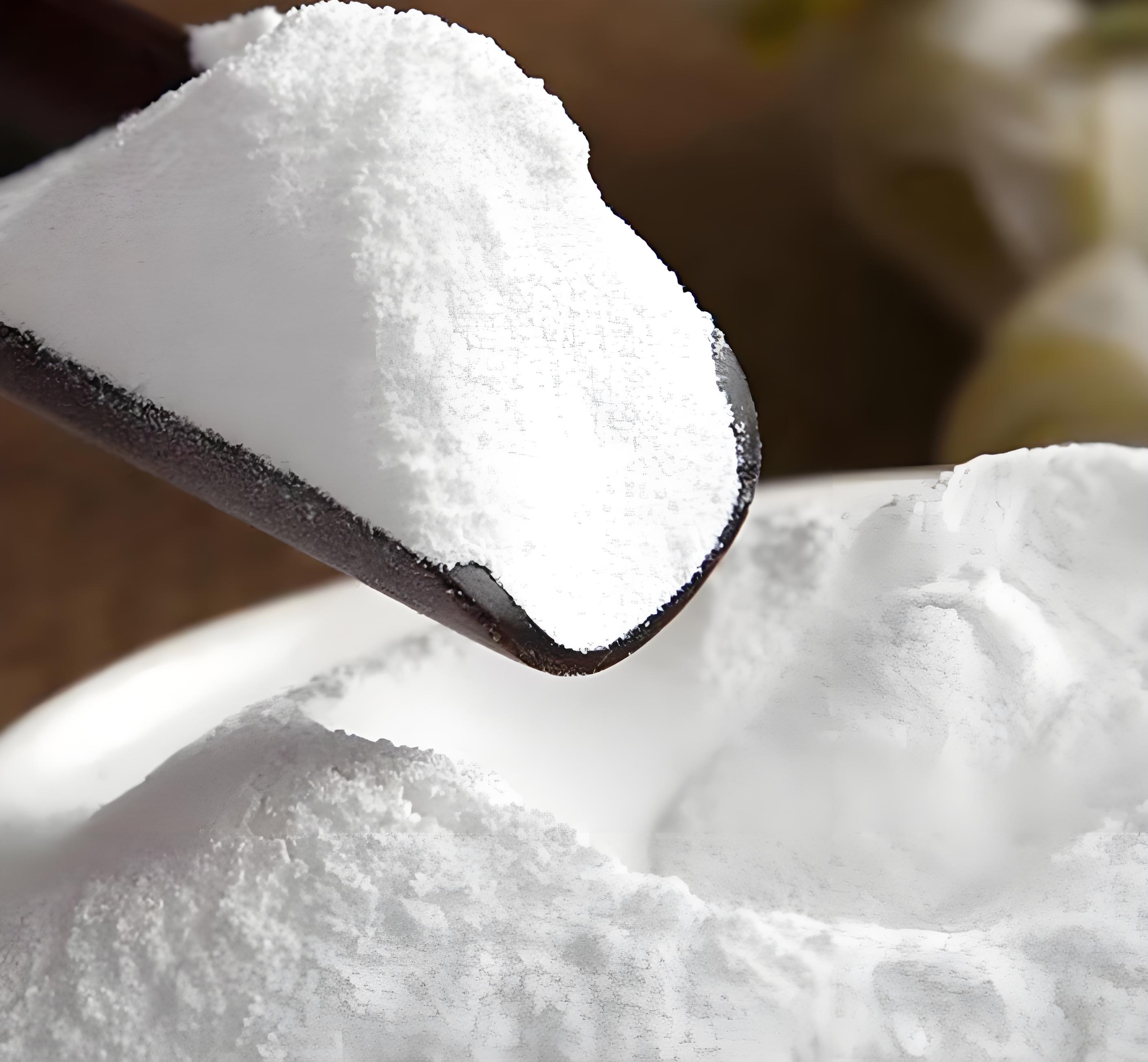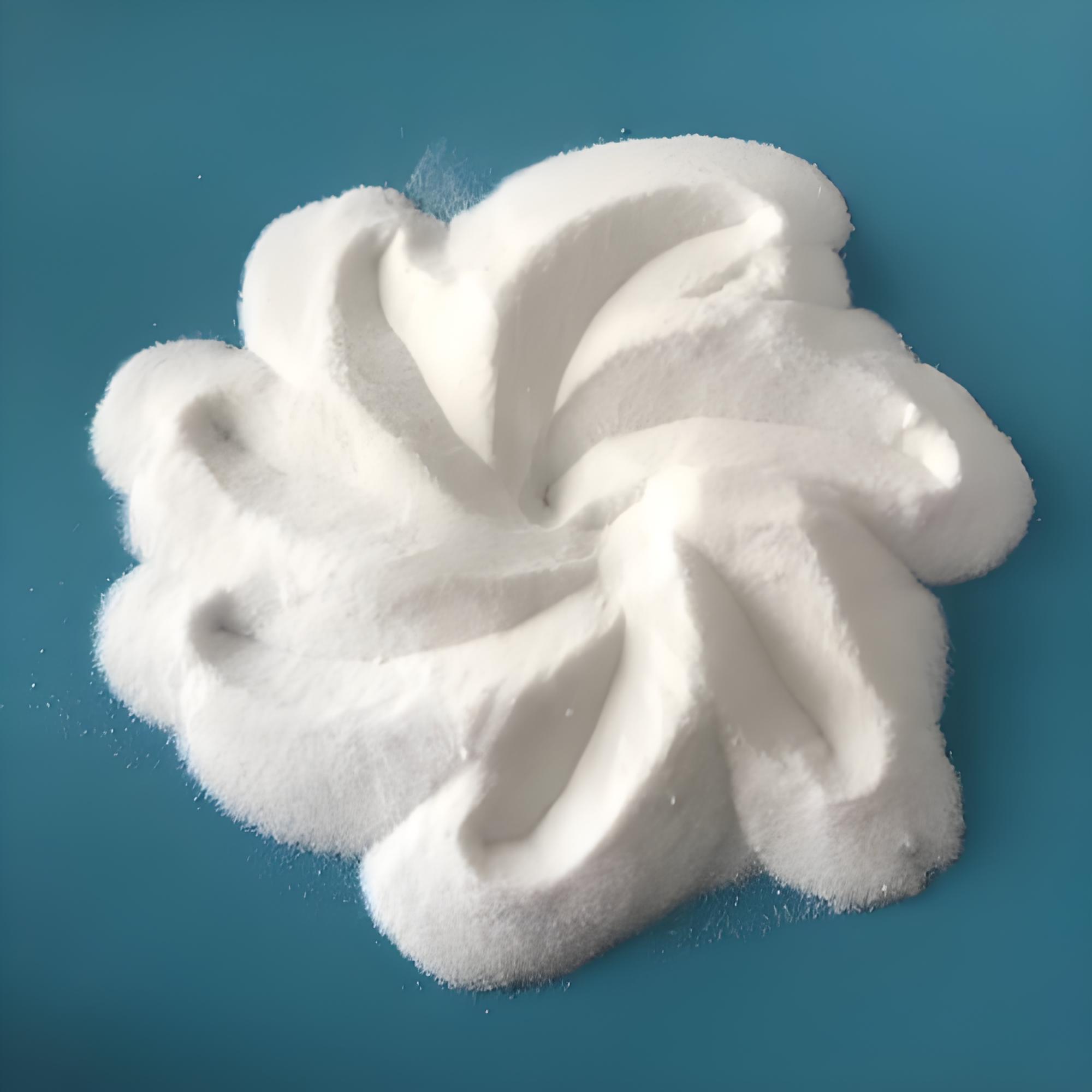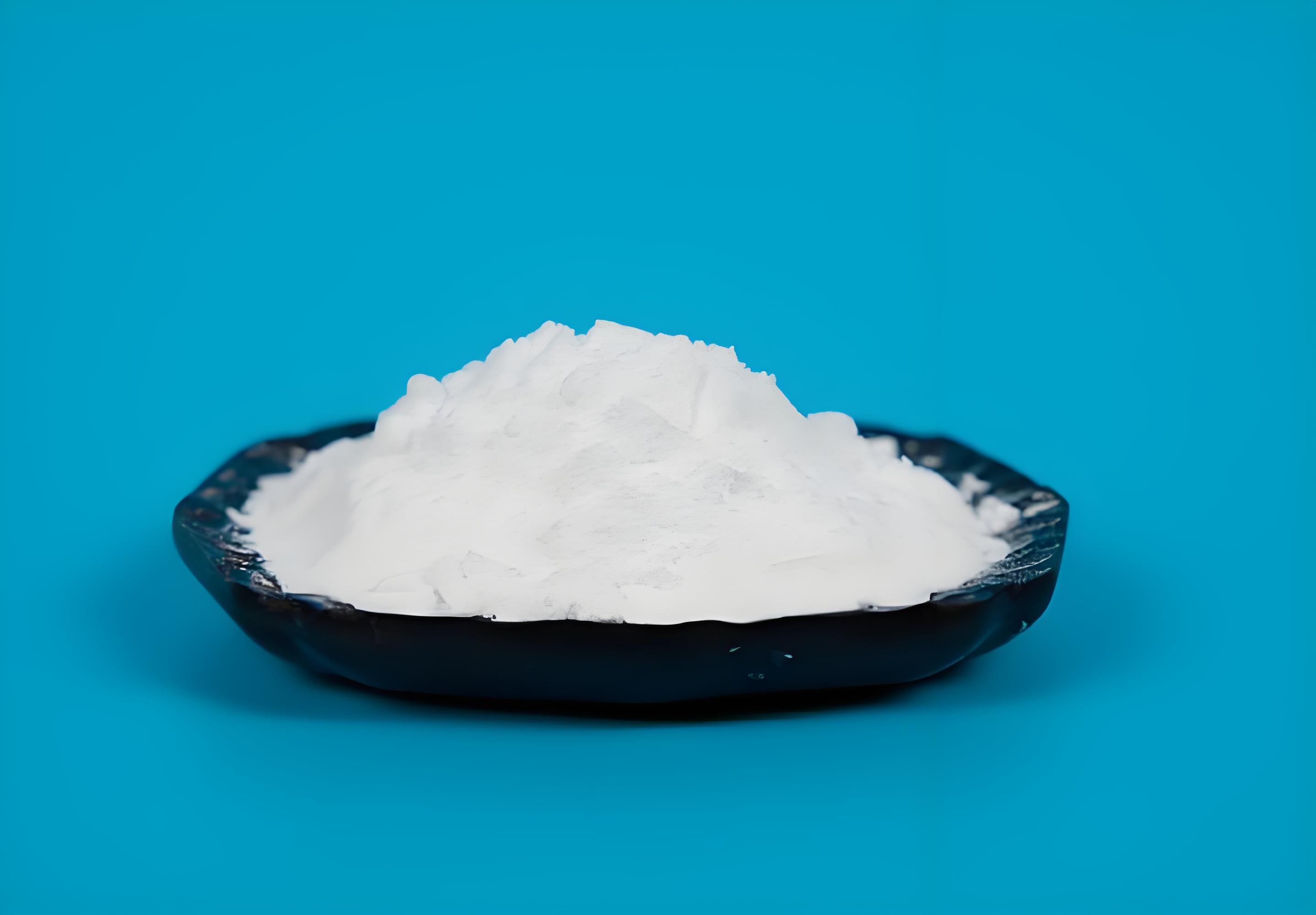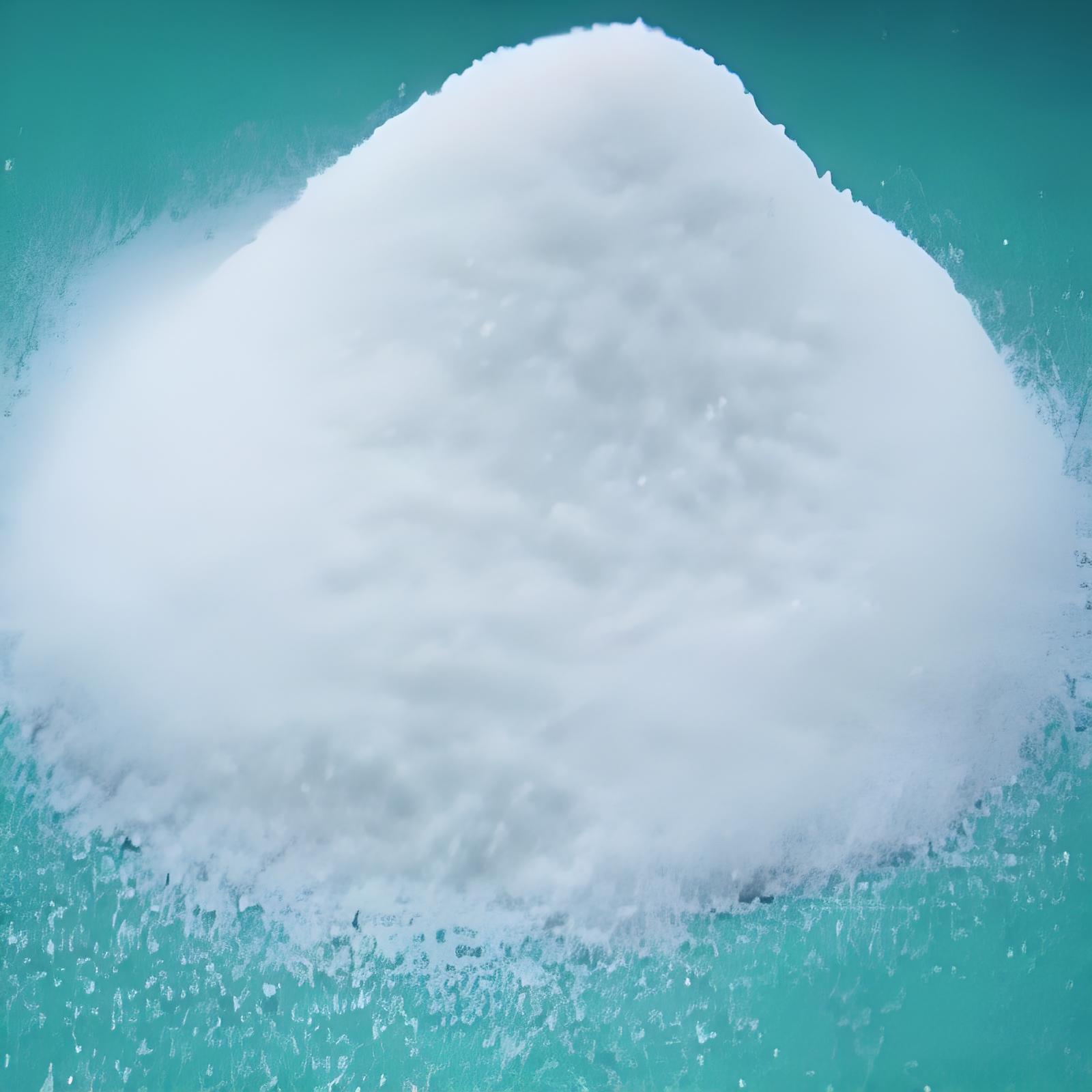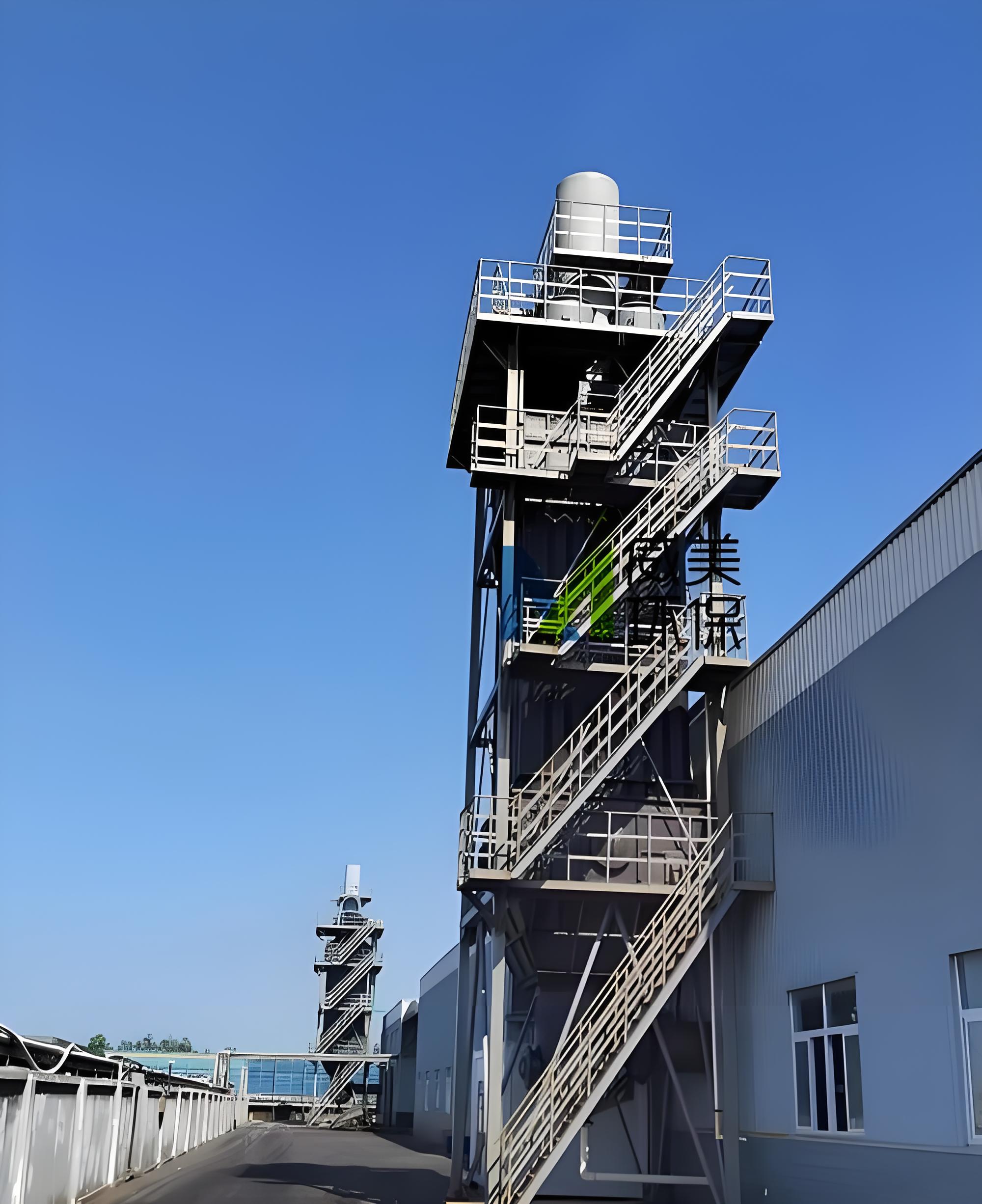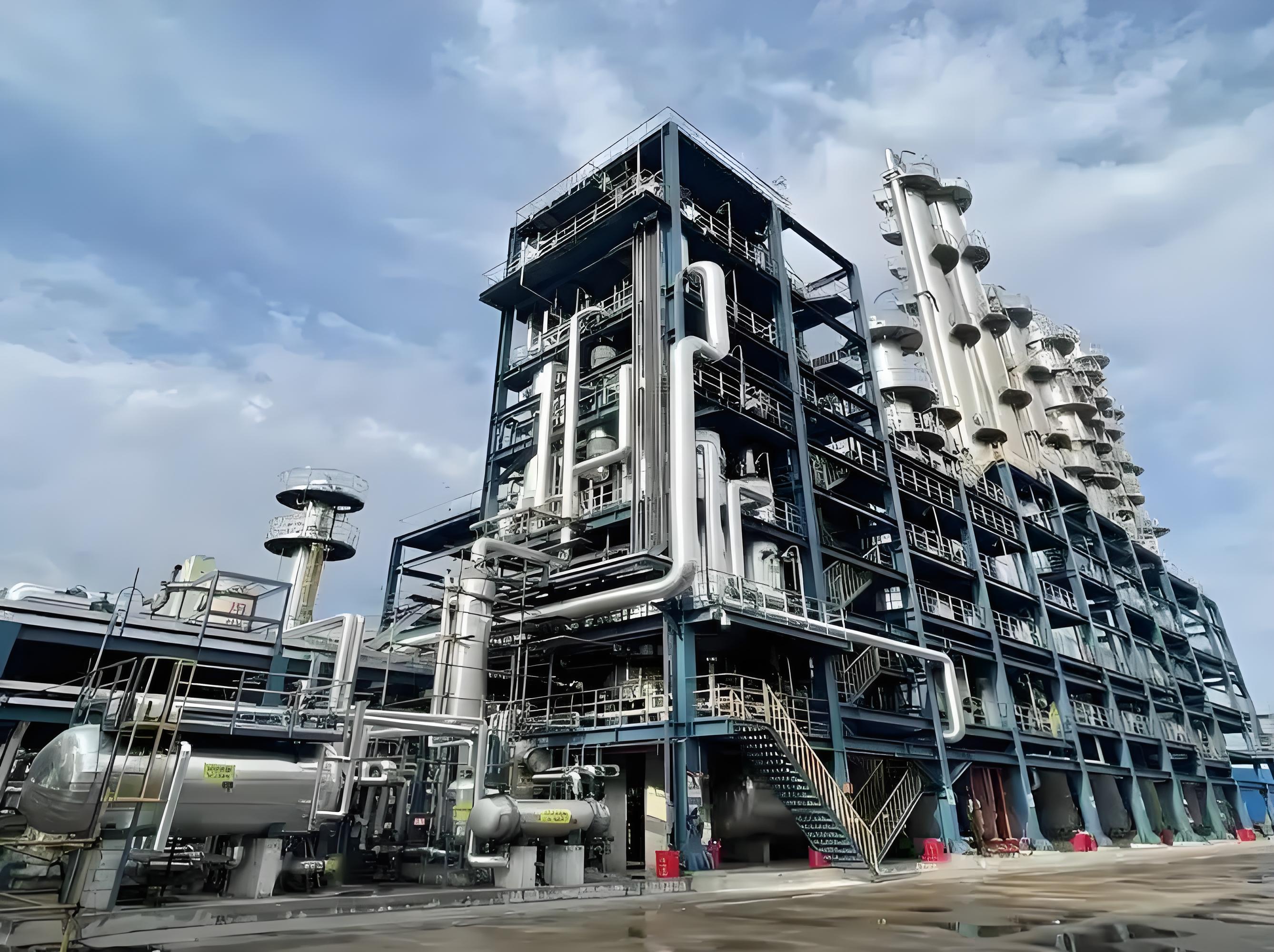Baking soda and sodium bicarbonate pneumatic conveying
On site photos of baking soda and sodium bicarbonate, Dongkai Company provides feasibility analysis, process design, engineering equipment, commissioning, and installation turnkey engineering services for the pneumatic conveying system of baking soda and sodium bicarbonate materials based on actual usage conditions on site
Sodium bicarbonate, with the molecular formula NaHCO3, is an inorganic compound, white powder or fine crystals, odorless, salty in taste, easily soluble in water, slightly soluble in ethanol (some say insoluble), and slightly alkaline in aqueous solution. It is prone to decomposition when heated and slowly decomposes in humid air, producing carbon dioxide. It begins to decompose at around 50 ℃ and completely decomposes when heated to 270 ℃. When encountering acid, it strongly decomposes and produces carbon dioxide. Sodium bicarbonate is widely used in industrial fields such as chemical, pharmaceutical, food, light industry, textile, and people's daily lives, occupying an important position in the national economy.
physical property:
Sodium bicarbonate is a white powder or opaque monoclinic crystal with fine crystals. It has no odor, a slightly salty taste, and a cool nature. It is easily soluble in water and glycerol, and slightly soluble in ethanol (some say insoluble). The solubility in water is 7.8 g (18 ℃) and 16.0 g (60 ℃), the density is 2.20 g/cm3, the specific gravity is 2.208, the refractive index is about 1.5 (α: 1.465; β: 1.498; γ: 1.504), the standard entropy is 24.4 J/(mol · K), the heat of formation is 229.3 kJ/mol, the heat of dissolution is 4.33 kJ/mol, and the specific heat capacity (Cp) is 20.89 J/(mol · ℃ (22 ℃).
chemical property:
acid-base
The aqueous solution of sodium bicarbonate is weakly alkaline due to hydrolysis: HCO3-+H2O ⇌ H2CO3+OH -. The pH value of a 0.8% aqueous solution is 8.3.
Reaction with acid:
Sodium bicarbonate can react with acid.
Reaction with alkali:
Sodium bicarbonate can react with alkali.
Reaction with salt:
1. Sodium bicarbonate can undergo double hydrolysis with aluminum chloride and aluminum chlorate, producing aluminum hydroxide, sodium salt, and carbon dioxide.
2. Sodium bicarbonate can undergo metathesis reactions with certain metal salt solutions.
Thermal decomposition:
Sodium bicarbonate is stable at room temperature and easily decomposes when heated. It begins to decompose at around 50 ℃ and completely loses carbon dioxide at 270 ℃. It remains unchanged in dry air and slowly decomposes in humid air.
